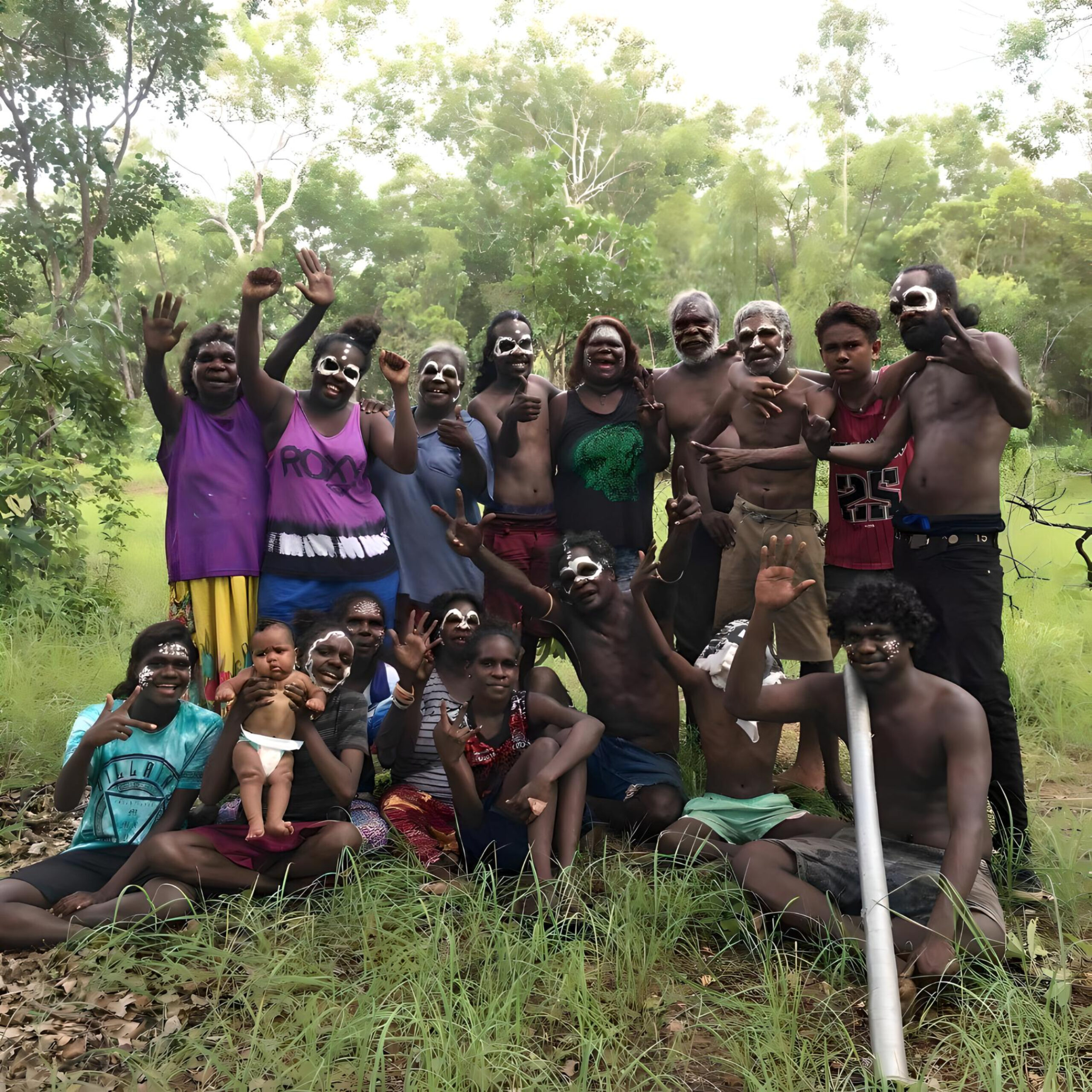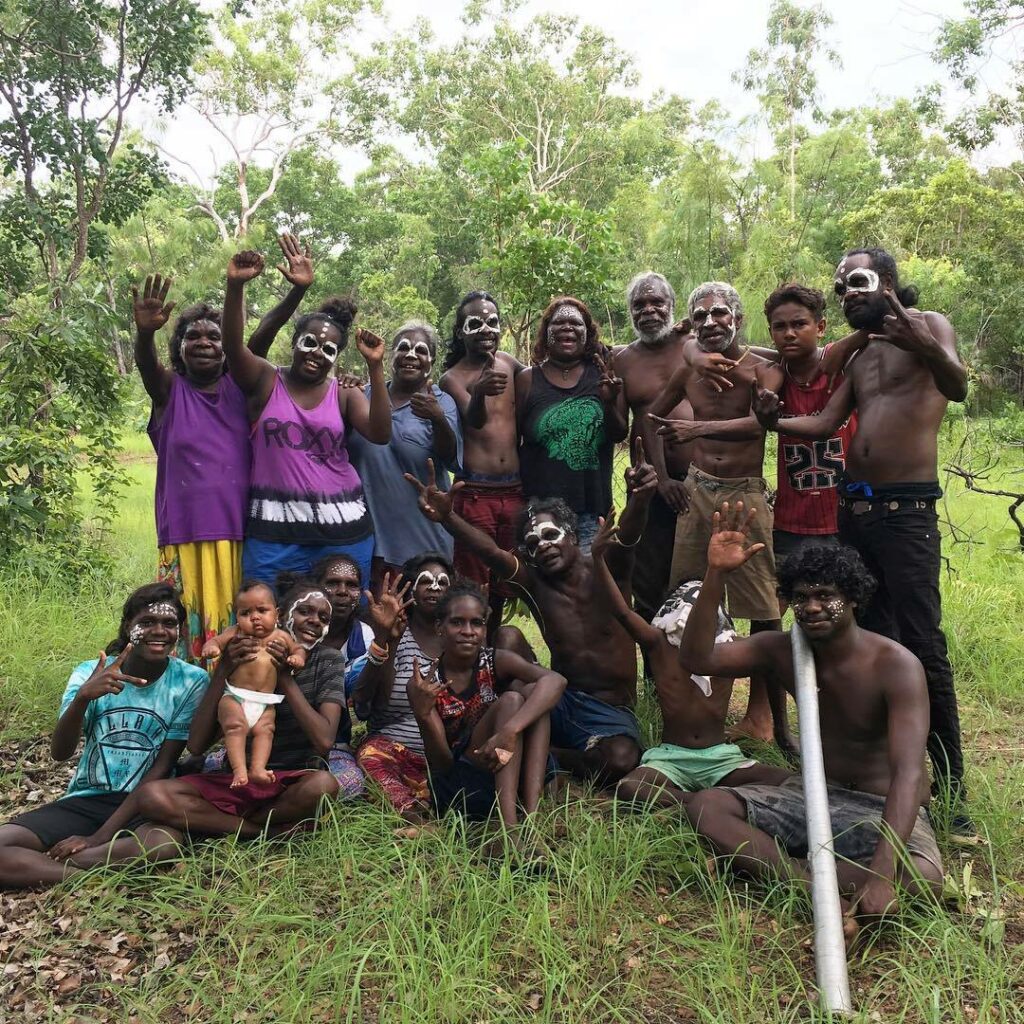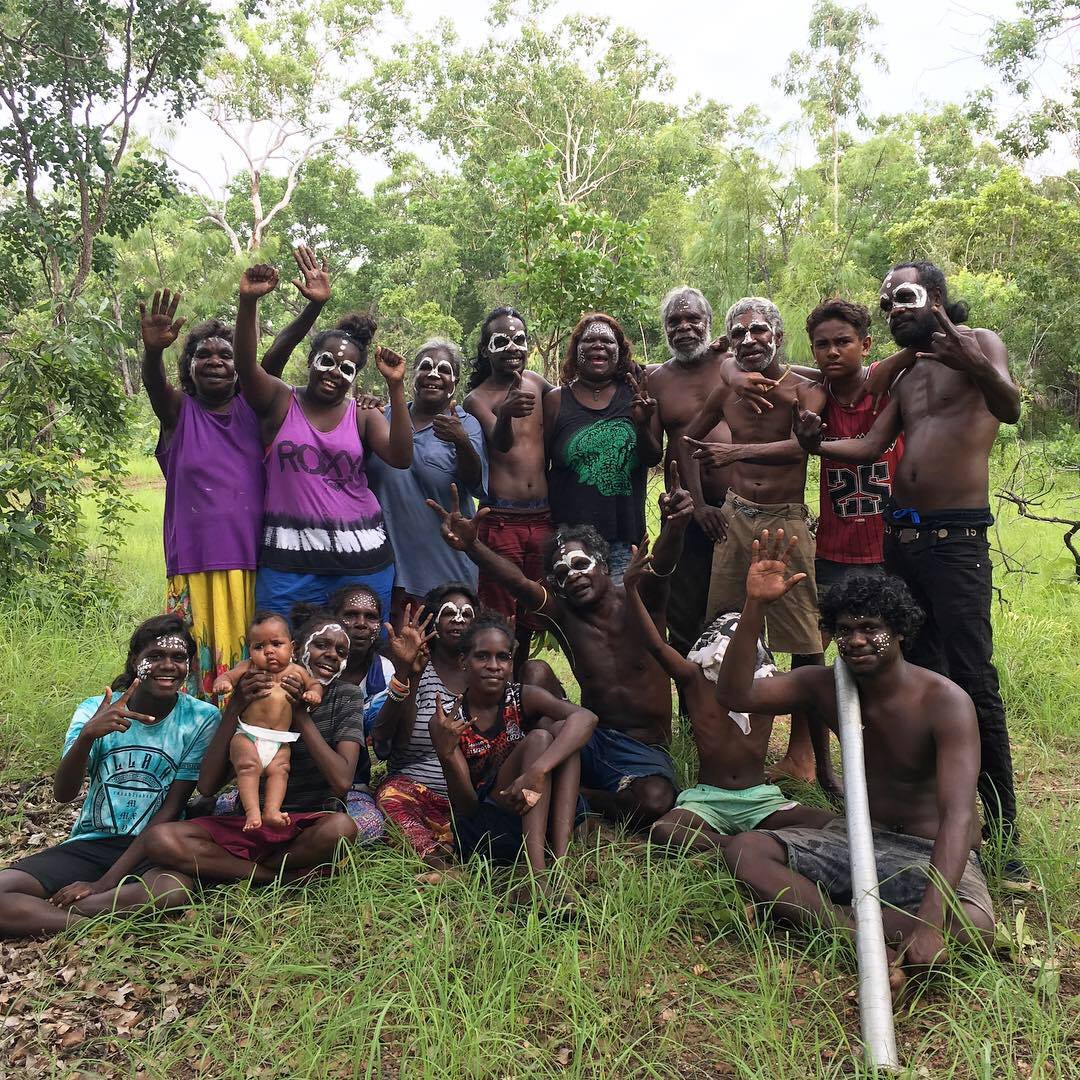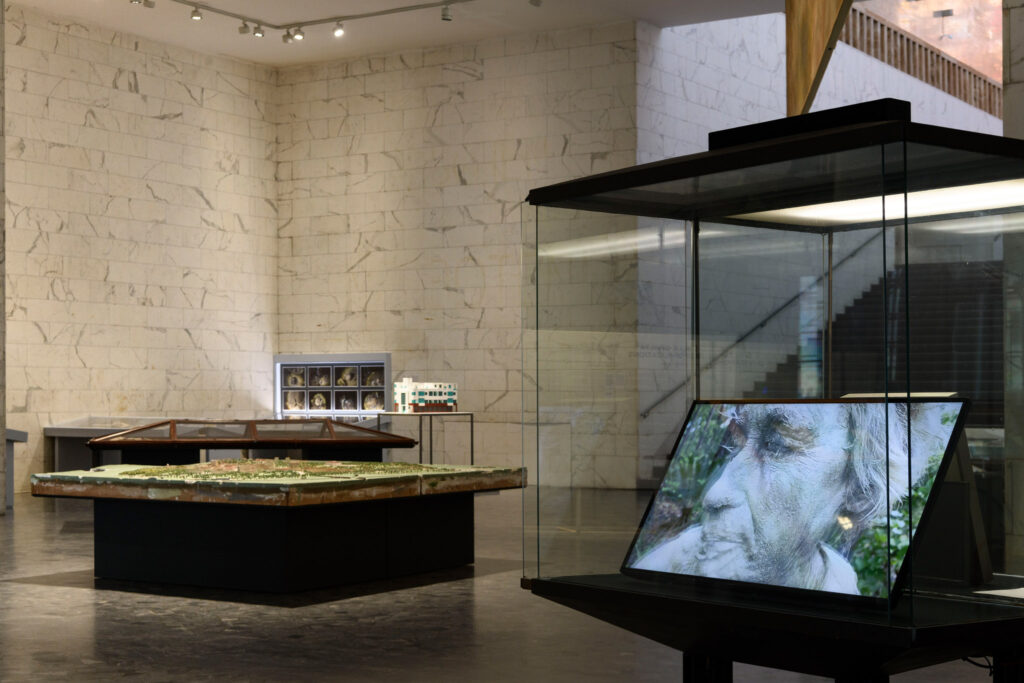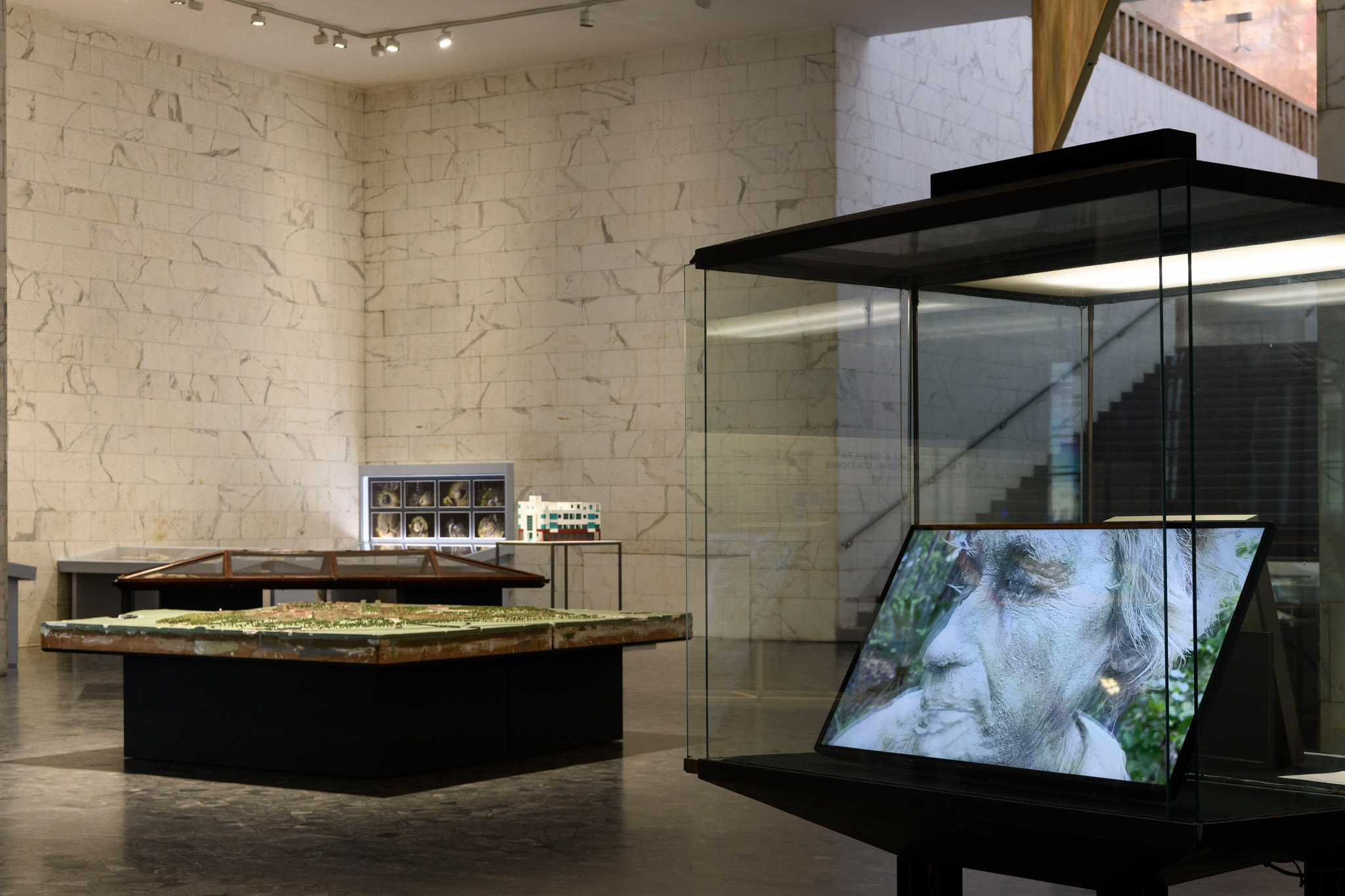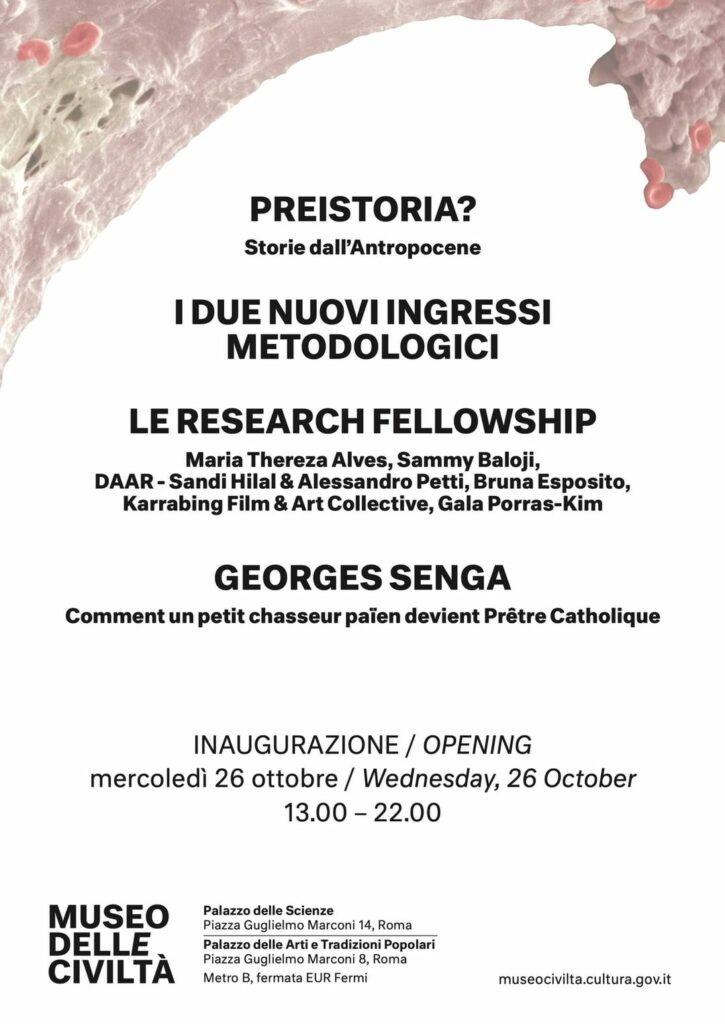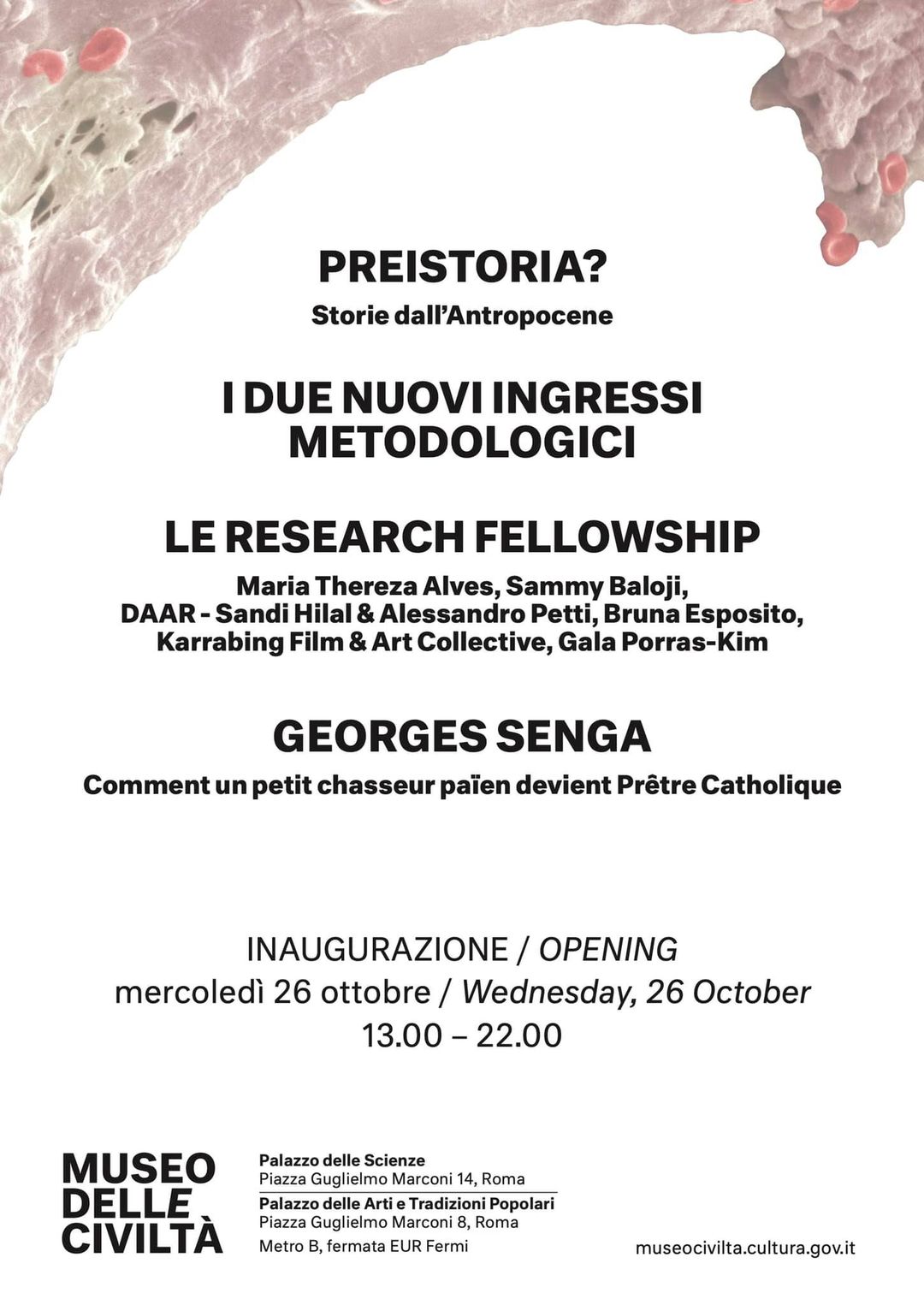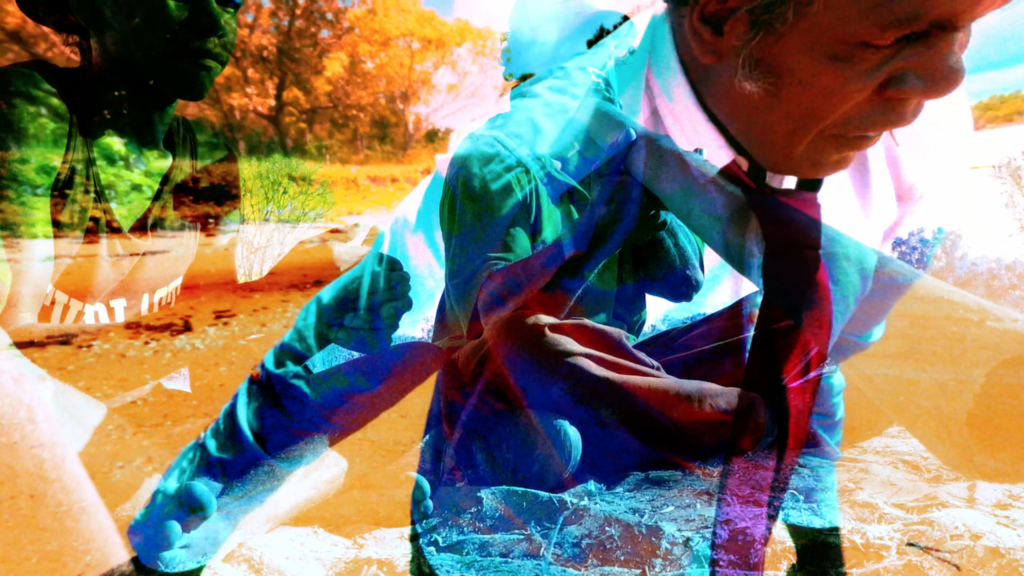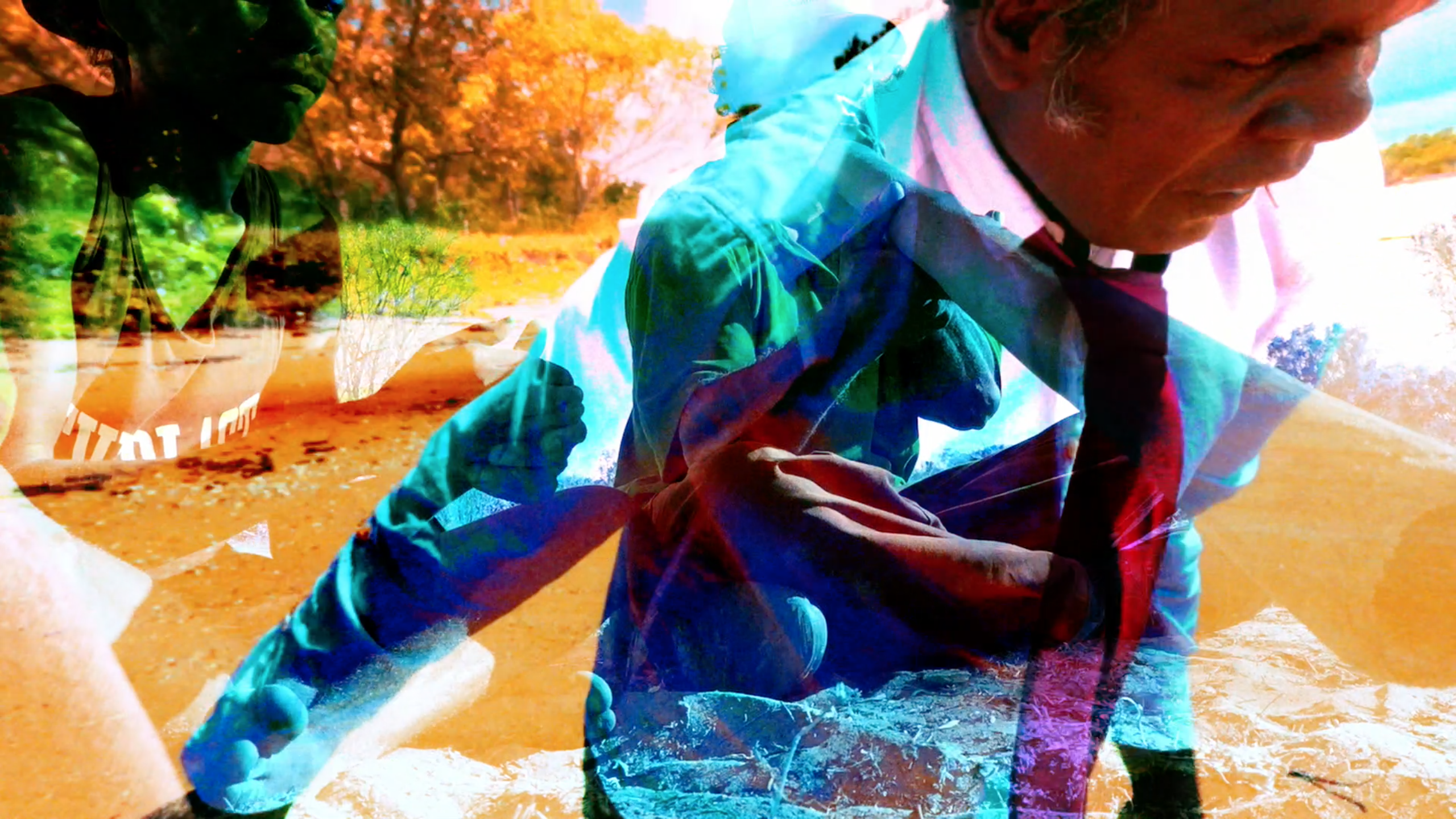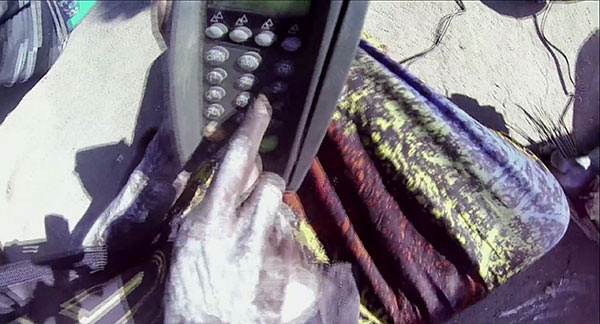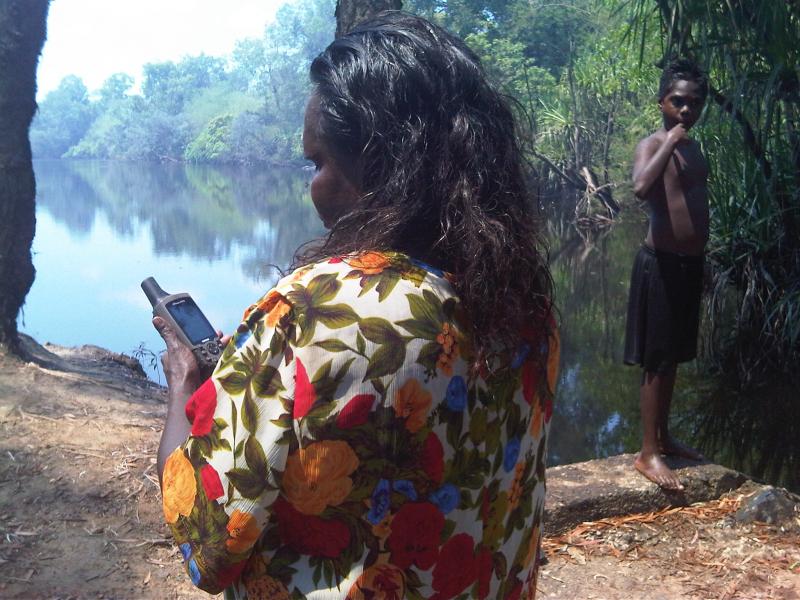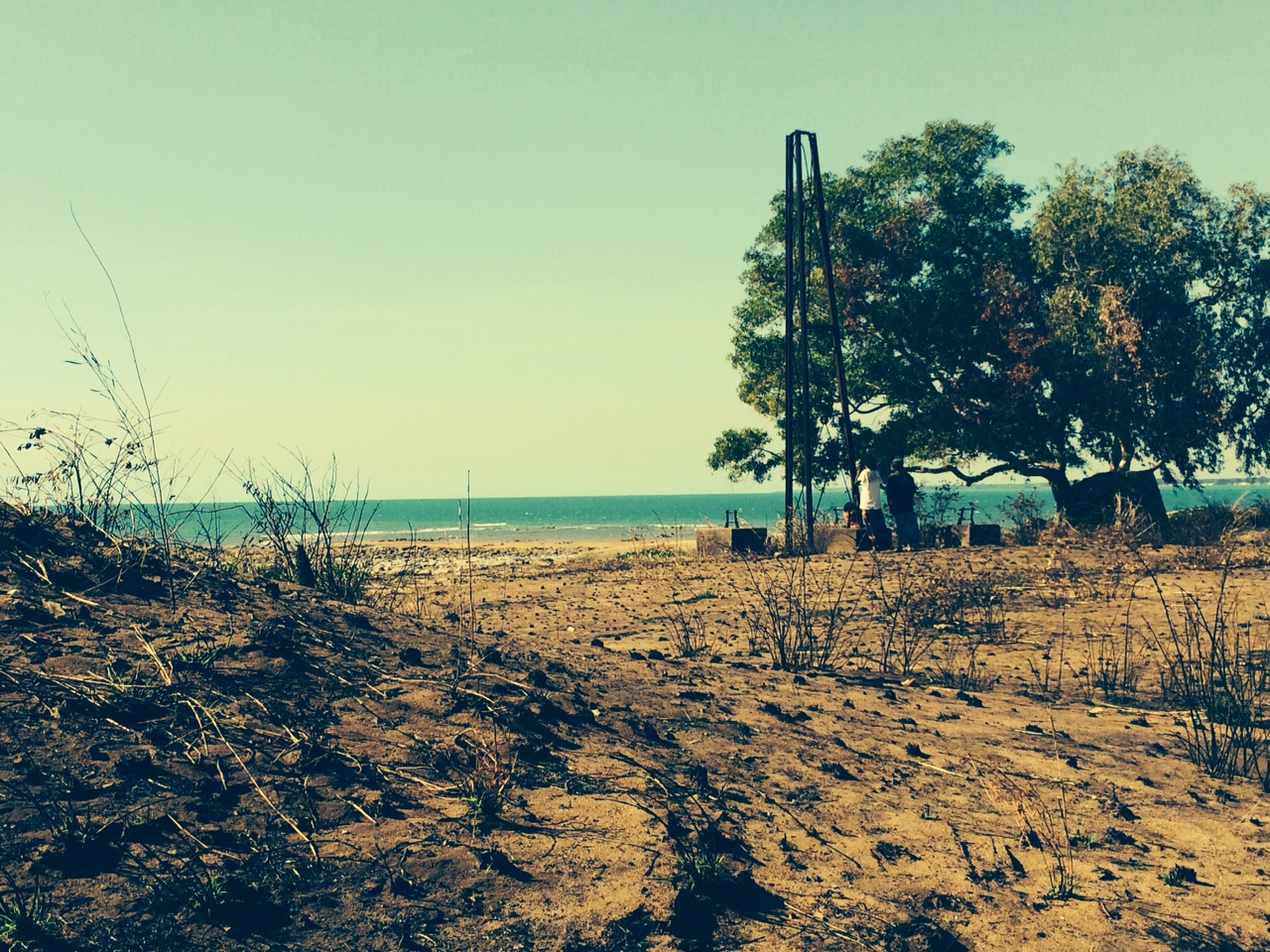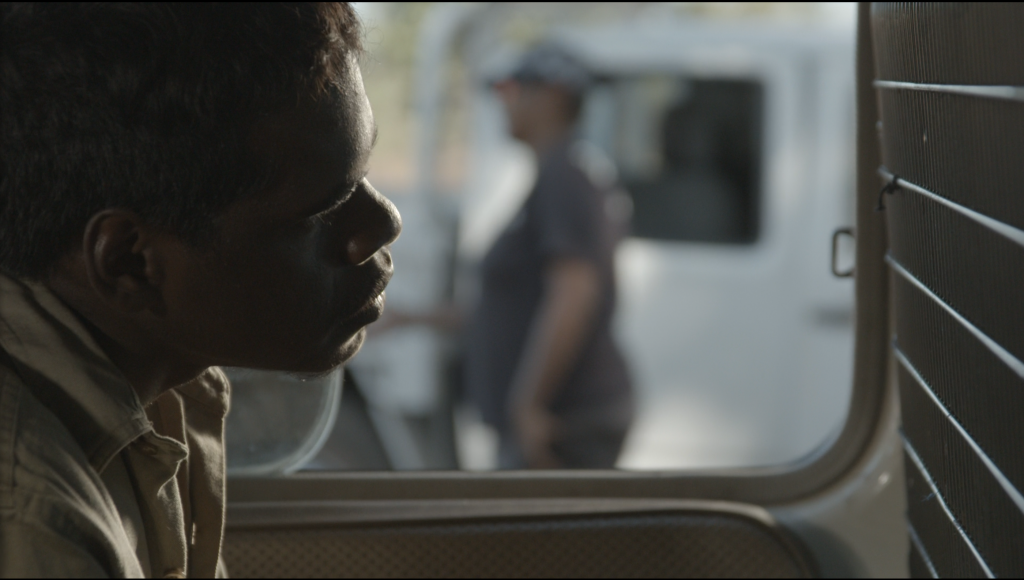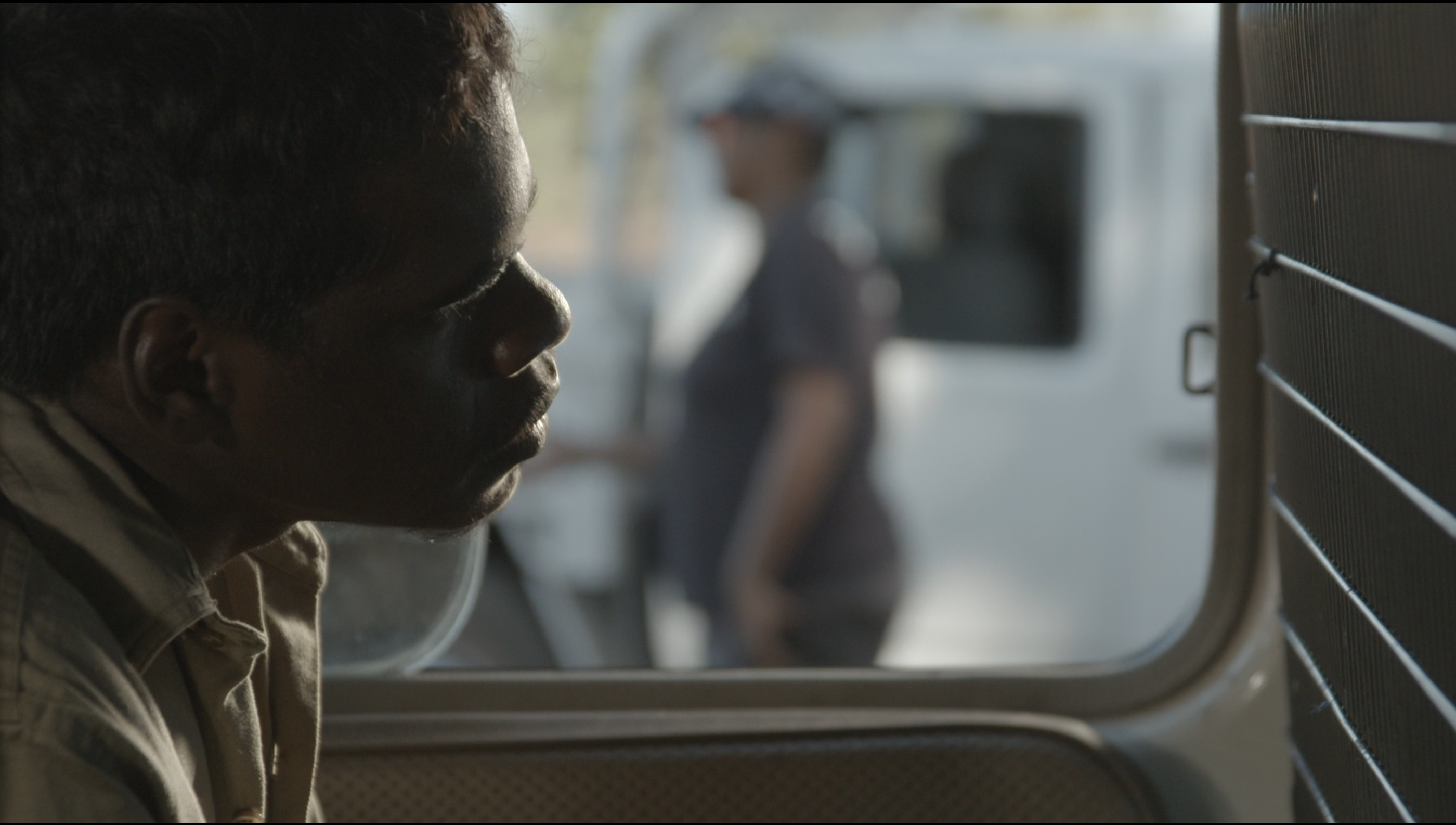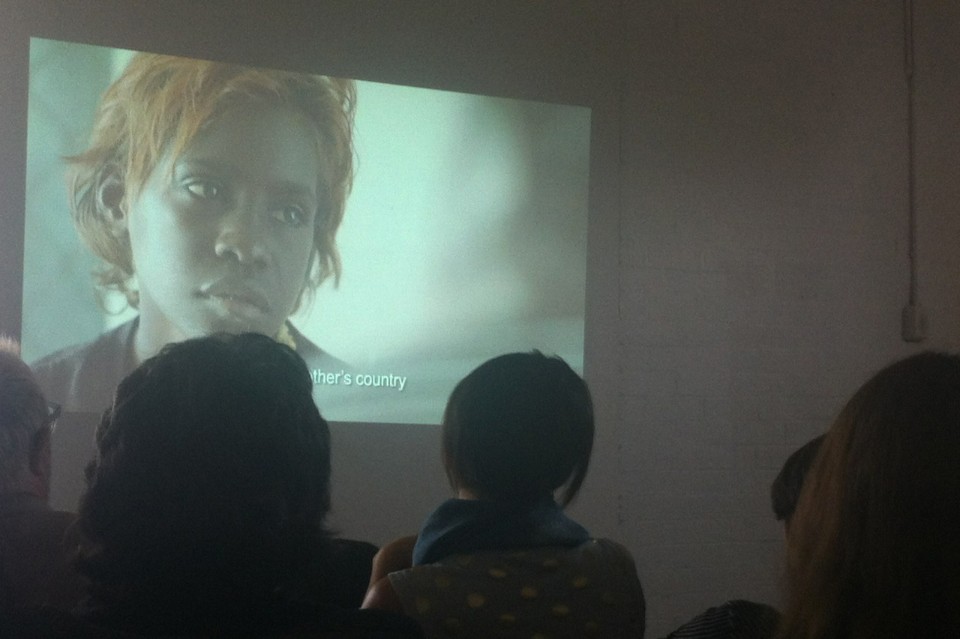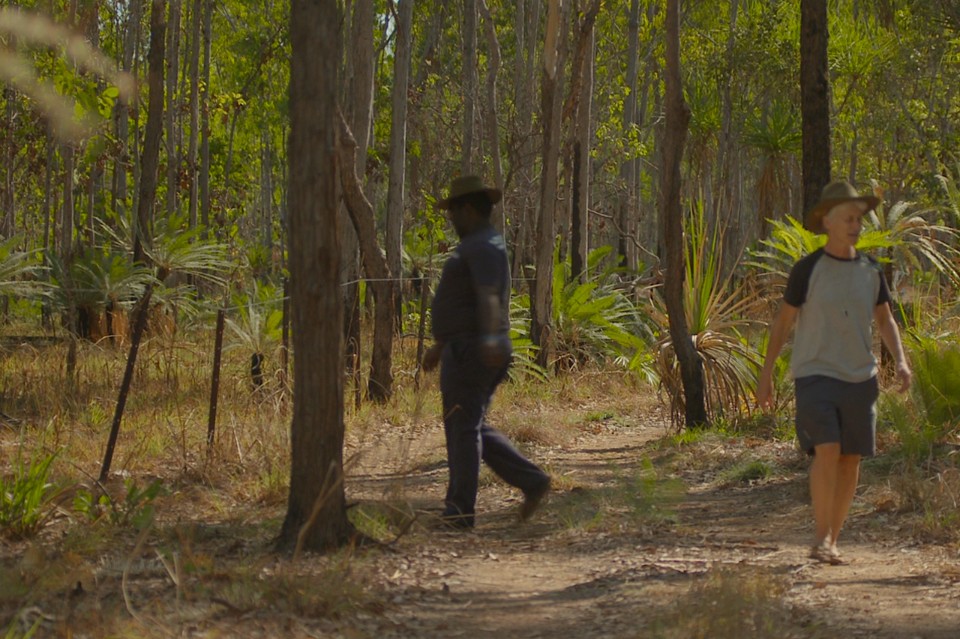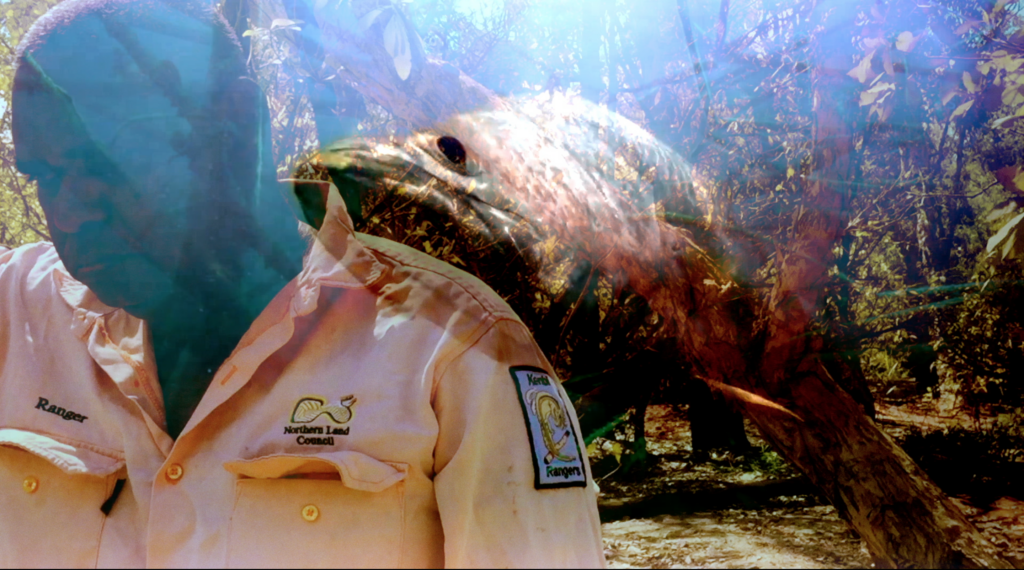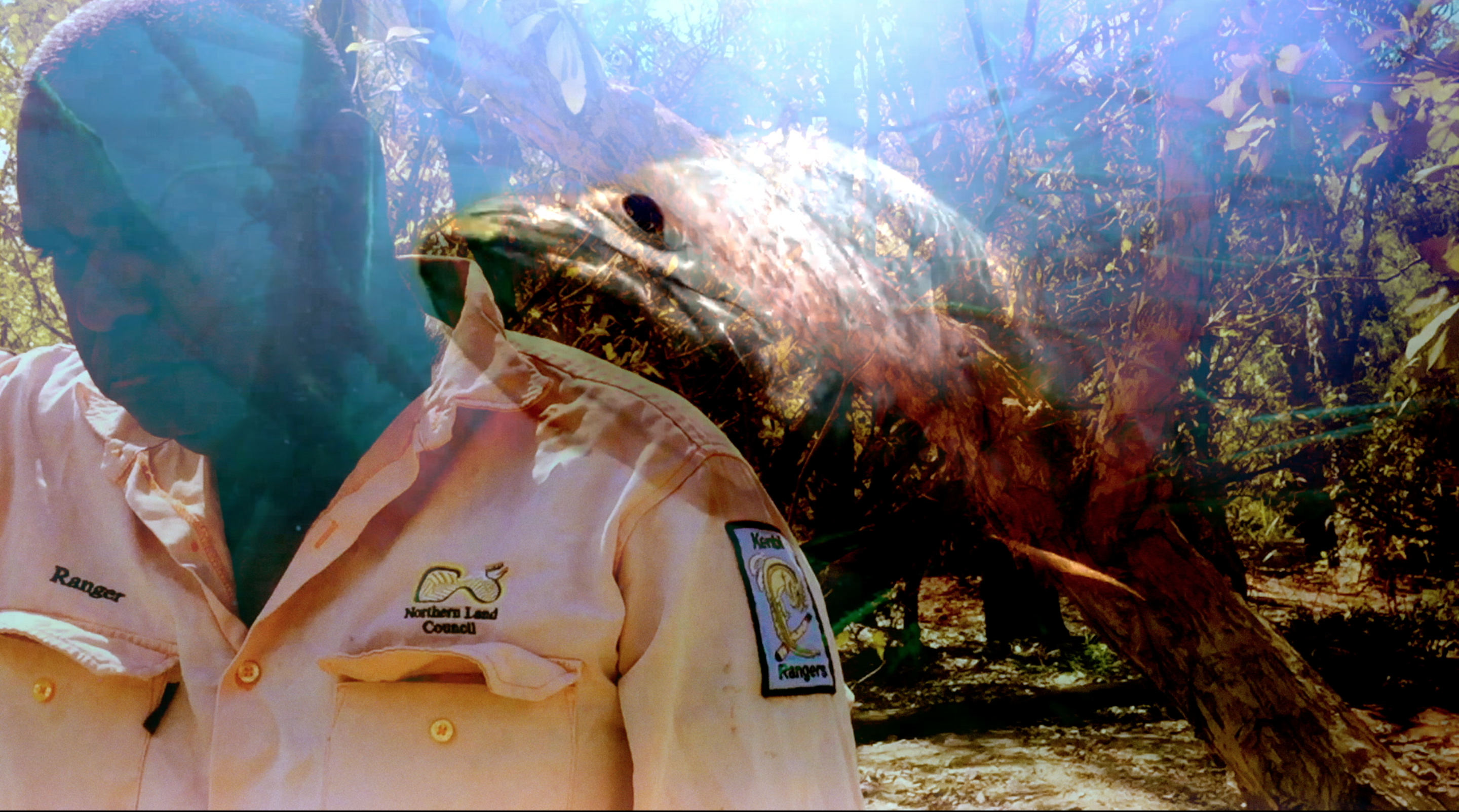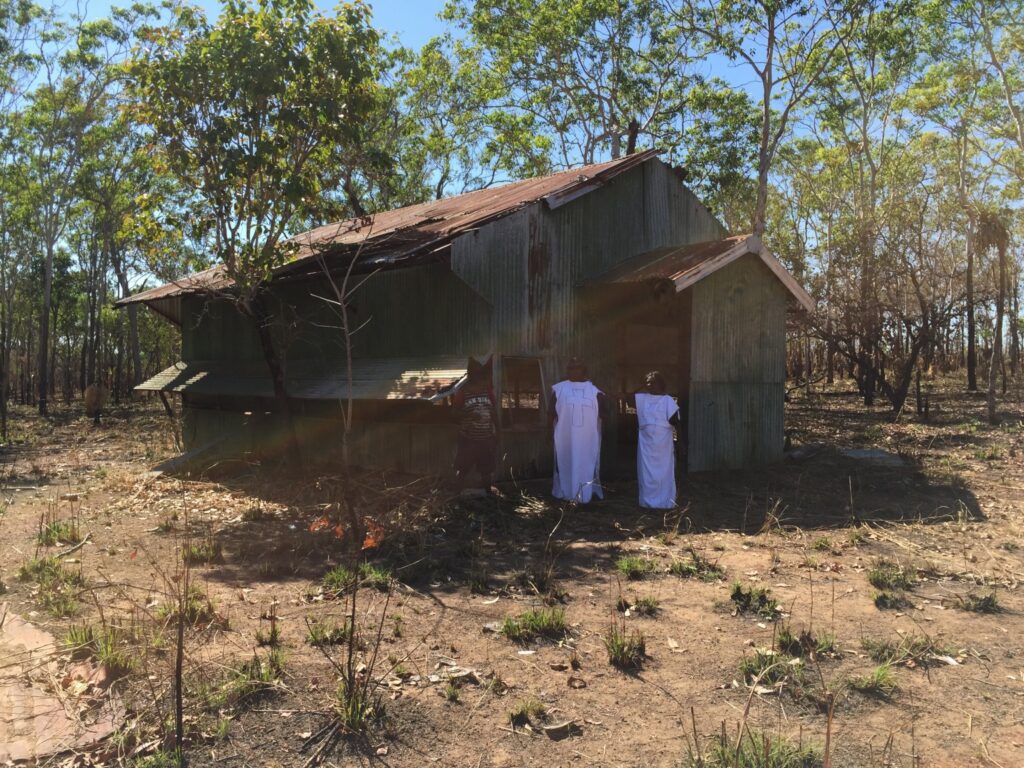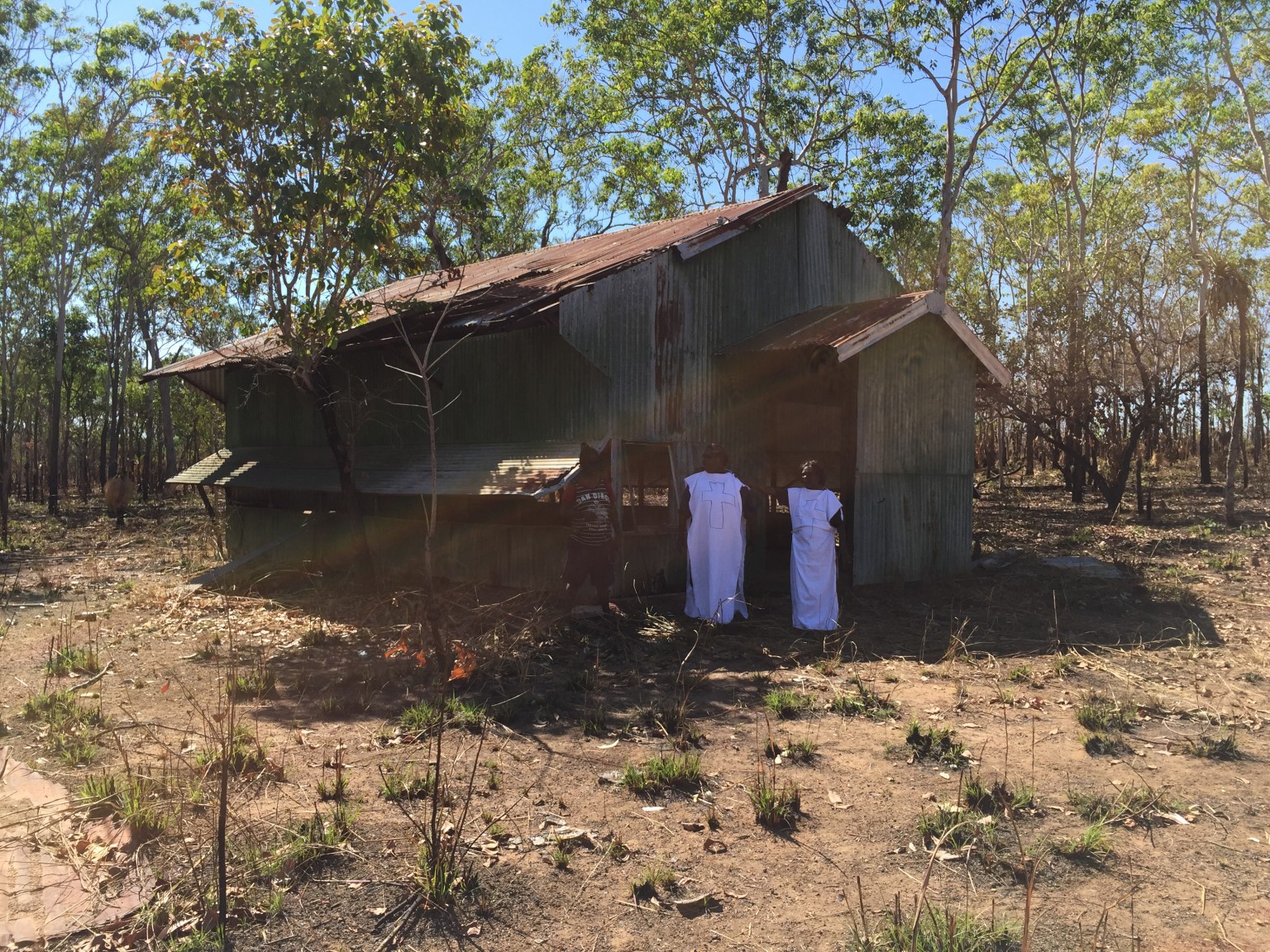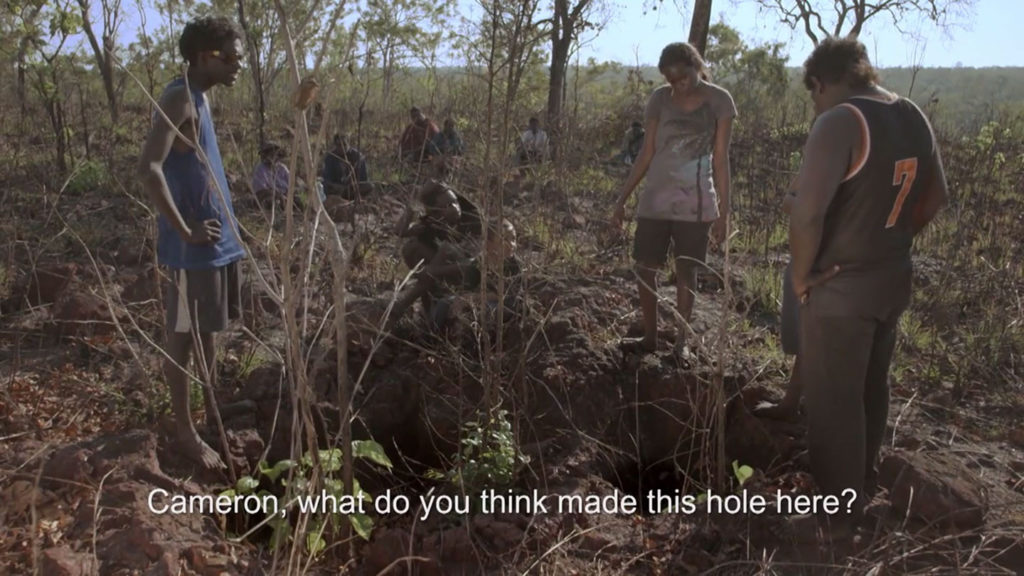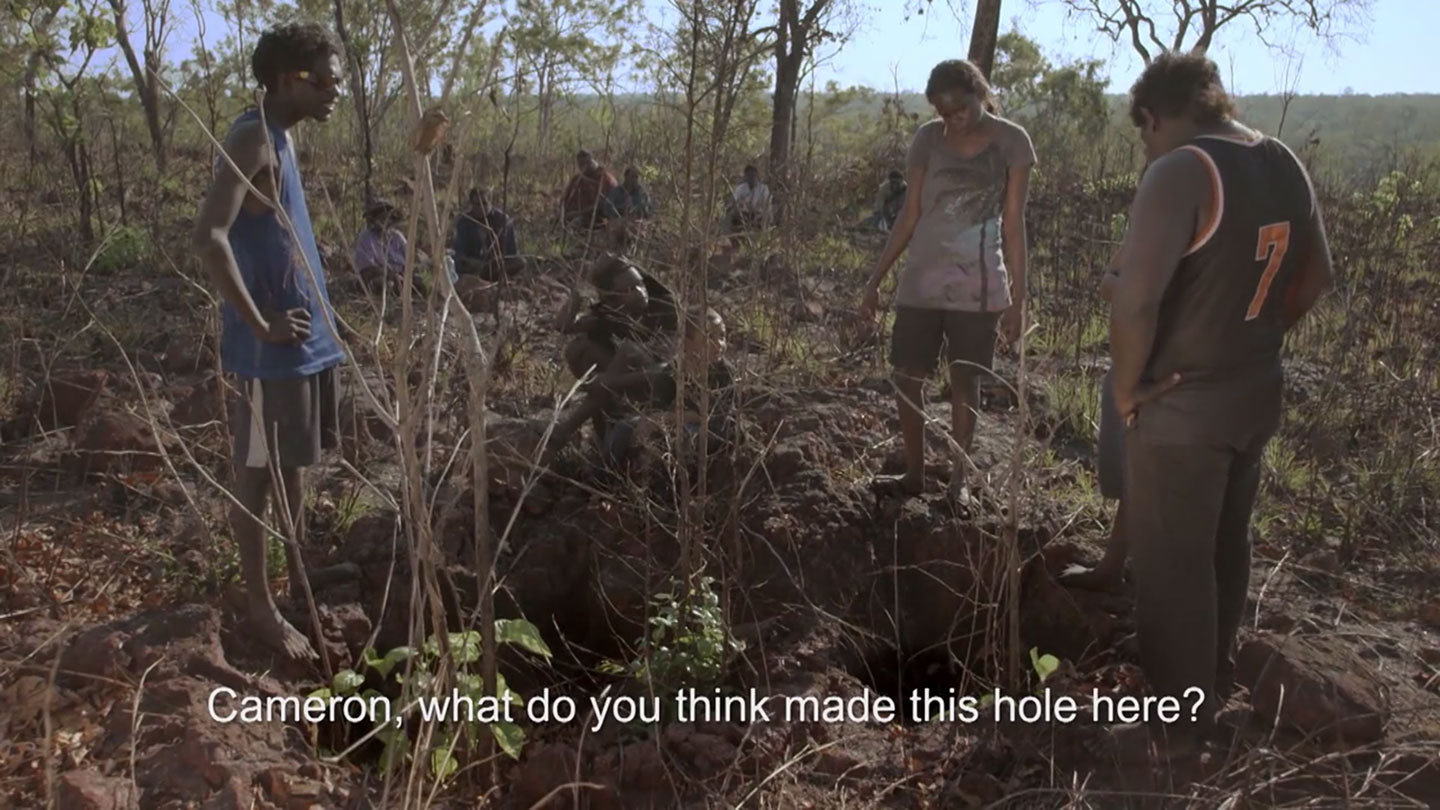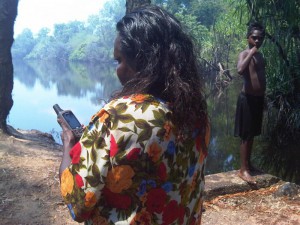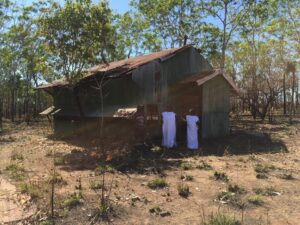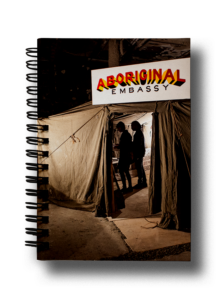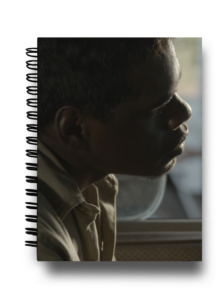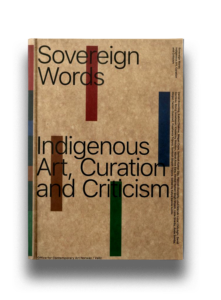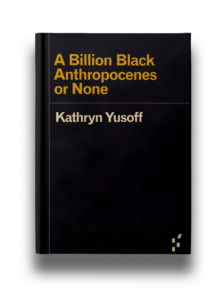About the fellowship
Year
2022-23
Location
Northern Territory, Australia
External links
Supported by
Museo Delle Civiltà
The Karrabing Film Collective is a grassroots Indigenous-based media group. Filmmaking provides a means of self-organization and social analysis for the Karrabing. Screenings and publications allow the Karrabing to develop local artistic languages and forms and allow audiences to understand new forms of collective Indigenous agency.
Their medium is a form of survivance – a refusal to relinquish their country and a means of investigating contemporary social conditions of inequality. The films represent their lives, create bonds with their land, and intervene in global images of Indigeneity.
The collective was the winner of the 2015 Visible Award and is the recipient of a Visible fellowship awarded by Museo delle Civiltà in Rome.
In the framework of the fellowship and as part of the museum reopening in 2022, the artist and anthropologist Elizabeth A. Povinelli, a founding member of the collective Karrabing intervened on the walls of the museum to reflect on the concept of “prehistory”, re-interpreted as continuous “sedimentation”.
About the artist
Karrabing Film Collective (est. 2012, Australia) is a grassroots Indigenous media group consisting of over thirty members. They approach filmmaking as a mode of self-organisation and a means of investigating contemporary social conditions of inequality. Screenings and publications allow the Karrabing to develop a local artistic language and allow audiences to understand new forms of collective Indigenous agency. Their films represent their lives, create bonds with their land and intervene in global images of Indigeneity. Their films and installations have been exhibited at MoMA-PS1, New York; Secession, Vienna; Haus der Kunst Munich, Contour Biennale, Mechelen, Belgium; Berlinale Forum Expanded; Hallucinations, Athens at documenta 14; Sydney Biennale; vdrome.org; e-flux supercommunity at the Venice Biennale; Doc’s Kingdom, Lisbon; and Wexner Center for the Arts, Columbus, Ohio, among others. They are the recipients of the Visible Award (2015), Eye Film Prize, Eye Filmmuseum (2022) amongst others.
